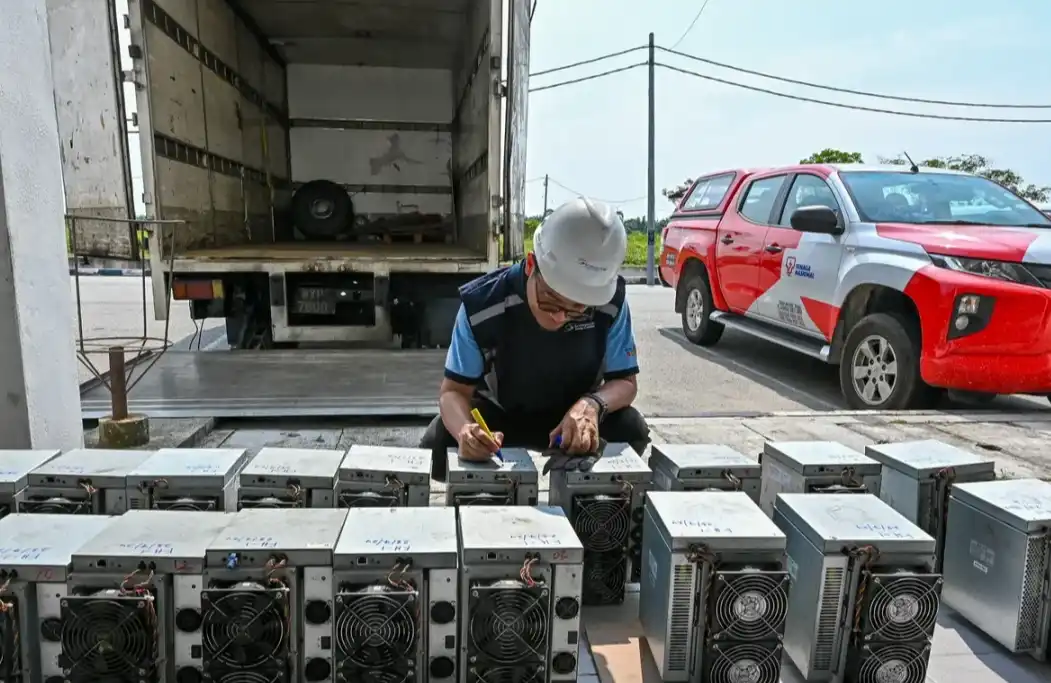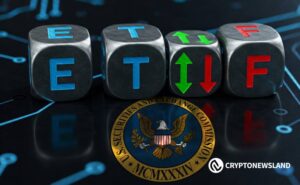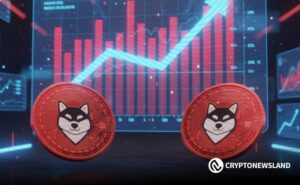XRP ( XRP 0.02%) ranks as the third-largest cryptocurrency globally, and unlike many other digital assets, it serves a practical function outside the crypto space. XRP was created to act as a bridge currency within Ripple’s Ripple Payments platform, enabling financial institutions to transfer funds worldwide instantly and at minimal cost.
In 2020, the U.S. Securities and Exchange Commission (SEC) filed a lawsuit against Ripple, alleging violations of securities regulations, which kept XRP’s price subdued for an extended period. That legal dispute was officially resolved in August, paving the way for XRP to reach new all-time highs.
Now, there could be another major growth driver ahead. The SEC is anticipated to greenlight the first spot XRP exchange-traded fund (ETF) by October 18, potentially attracting billions of dollars into the asset. Should investors consider buying before this deadline?
Spot ETFs have been great for Bitcoin
Digital currencies carry significant risk, not just due to their price swings, but also because digital wallets can be insecure. Hacks or lost access credentials can result in permanent losses, making it difficult for institutional investors and financial advisors to invest directly in cryptocurrencies. As a result, substantial capital remains uninvested.
Spot ETFs offer a safer entry point into the crypto market, as they are regulated and provide investor protections. These funds pool capital from investors to purchase the underlying cryptocurrency, delivering returns that closely track the asset’s performance, minus an annual management fee, which typically ranges from 0.15% to 1.50% of the fund’s assets.
The first spot Bitcoin ( BTC 1.98%) ETFs received approval in January 2024, and together they now oversee an impressive $150 billion in assets. Since then, Bitcoin’s price has surged by 167%, with these inflows playing a significant role in that growth.
Given this, it’s understandable that investors are enthusiastic about the prospect of spot XRP ETFs. Seven different firms are awaiting the SEC’s decision, with Grayscale—already operating two Bitcoin ETFs—facing the earliest deadline on October 18.
It’s possible that several spot XRP ETF proposals could be approved even sooner, thanks to the SEC’s recent adoption of Generic Listing Standards (GLS). These updated guidelines simplify the approval process for ETFs that invest in commodities and digital assets.
Bitcoin and XRP are structurally different
Bitcoin saw a boost from spot ETF launches because many investors already viewed it as a reliable store of value. It is fully decentralized, meaning no single entity—whether individual, corporation, or government—can control it, and its supply is capped at 21 million coins, reinforcing its scarcity.
In contrast, XRP was developed by Ripple, making it a centralized digital asset. The SEC’s lawsuit highlighted how XRP’s value is closely linked to Ripple’s business performance, which is a risk factor investors must consider.
Additionally, Ripple still holds about 40 billion XRP tokens, which it gradually releases to meet institutional demand. This means the circulating supply of XRP will continue to grow, though there is a fixed maximum of 100 billion tokens that cannot be exceeded.
Given these differences, spot ETFs may not have the same positive impact on XRP as they did on Bitcoin. Institutional investors and financial advisors were already eager to gain exposure to Bitcoin, so ETFs met a clear market need, but the same enthusiasm doesn’t necessarily exist for XRP.
Should investors buy XRP ahead of Oct. 18?
As noted earlier, XRP does have a real function within the Ripple Payments ecosystem. The platform enables banks to settle international payments directly and instantly, regardless of their existing systems, with XRP helping to standardize these transactions.
For instance, a U.S. bank could transfer XRP to a Japanese bank instead of sending U.S. dollars, thereby avoiding expensive foreign exchange fees. Such a transfer would cost only 0.00001 XRP, which is less than a cent. However, Ripple Payments also supports fiat currencies, and last year, Ripple introduced its own stablecoin called Ripple USD ( RLUSD 0.04%).
This means that using XRP is not mandatory, so the network’s growth does not automatically lead to a higher XRP price. Moreover, Ripple USD may be a more practical choice for transactions on Ripple Payments, since stablecoins experience almost no price fluctuations. In contrast, XRP’s volatility exposes banks to potential value swings while holding the token.
If XRP’s price isn’t directly linked to Ripple Payments, and investors don’t see it as a dependable store of value like Bitcoin, there may not be strong demand for ETFs. As a result, October 18 might not turn out to be a pivotal date.
Considering the uncertain fundamentals of XRP, it may be wiser to steer clear of this token altogether.



